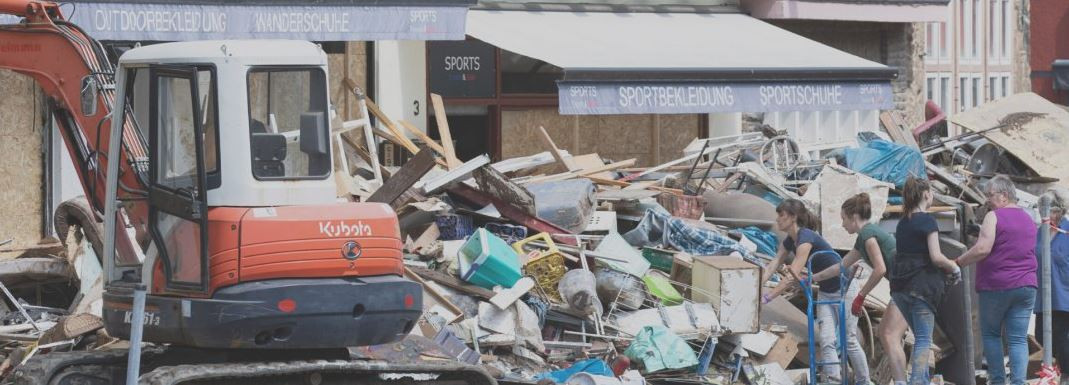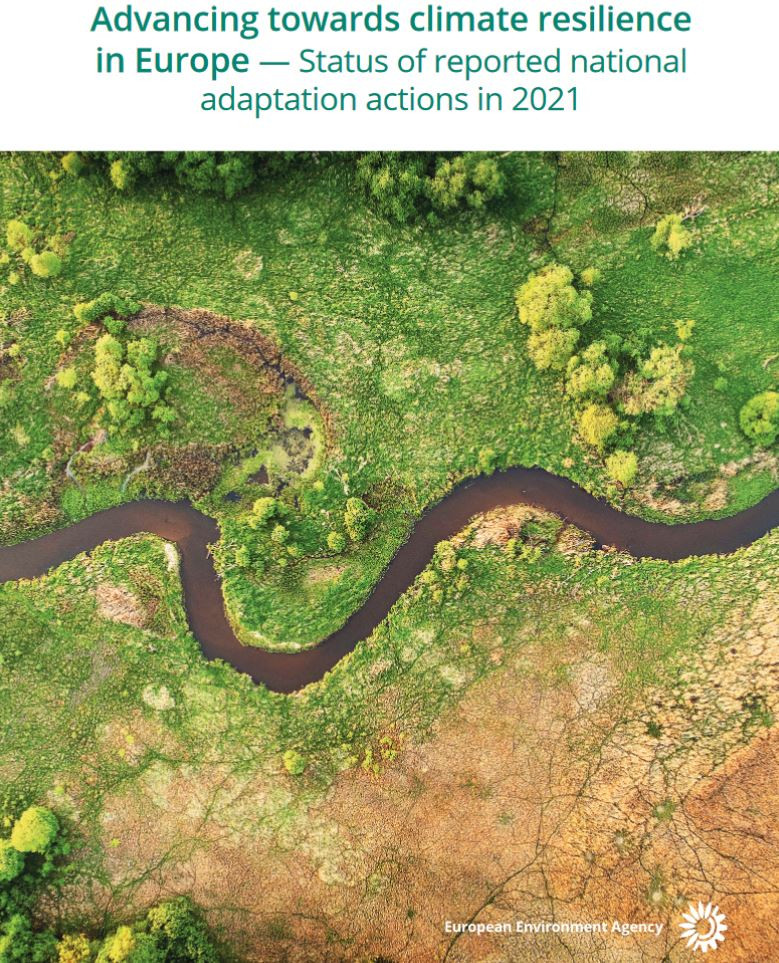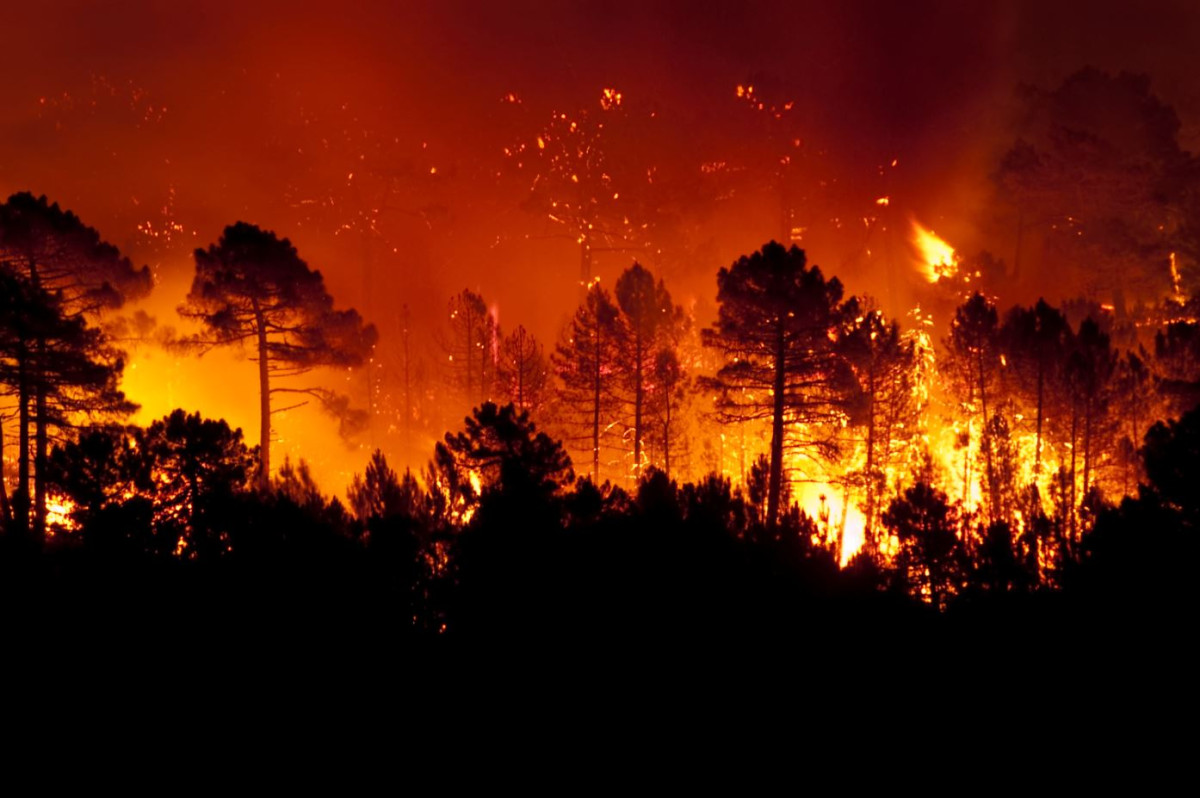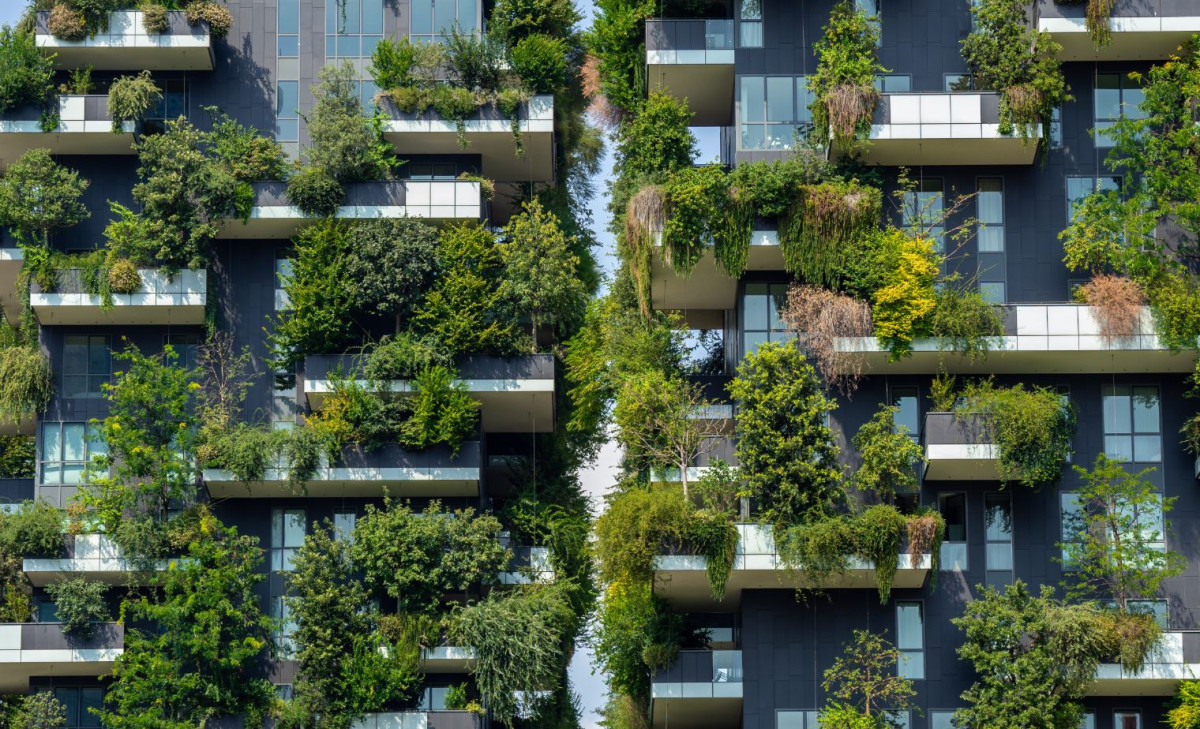Europe steps up climate change adaptation in wake of floods and heatwaves
Please note: This factsheet complements the article Extreme weather forces unprepared Europe to focus on climate adaptation.
As a result of climate change, temperatures in Europe have increased much faster than in other regions. While the world has warmed on average 1.2°C compared to pre-industrial levels, European land temperatures have already increased almost 2°C. Even if the world were to stop emitting greenhouse gases tomorrow, this warming trend would continue because of the amount of CO2 already in the atmosphere, where it stays for between 300 and 1,000 years. Methane, although a more powerful greenhouse gas in terms of its warming potential, only sticks around for an average of 12 years.
All this means that in addition to measures to speed up the move to a net-zero emissions economy, Europe, like the rest of the world, will have to adapt to a warmer world to try to minimise the impacts of climate change on nature, people and the economy.
“Climate change is a global threat to which all people and ecosystems are vulnerable,” said the Intergovernmental Panel on Climate Change (IPCC) when publishing its latest report in 2022. “Without effective adaptation, climate change has the potential to reverse the developmental gains in our world and push millions of people further into poverty. To avoid mounting losses, urgent accelerated action is required to adapt to climate change while making rapid, deep cuts in greenhouse gas emissions.”
Rise of extreme weather events
Heatwaves, drought, flooding and storm surges have all increased in recent decades in Europe, as have the number and intensity of forest fires in many countries. These events all bring about death and destruction, and can increase health-related risks, from skin cancer to vector-borne diseases and allergens.
During the 2003 heatwave across southern Europe, the death toll was estimated at more than 70,000 people. France alone experienced nearly 15,000 deaths from the heat, while the three heat waves in France in the summer of 2022 caused an excess of 2,816 deaths compared to the last five years.
These prolonged periods of hot, dry weather also impact agriculture and infrastructure.
EU data shows that 2021 and 2022 were the worst years for forest fires in Europe. An area the size of Belgium burnt in the summer of 2022, estimates the Commission’s Joint Research Centre.
Europe has also seen deadly flooding in recent years. In the summer of 2021, parts of Germany, Belgium and the Netherlands were hit by extreme floods. In Germany, entire villages and towns were inundated by several meters of water, buildings were destroyed and more than 180 people lost their lives. Extreme flooding in Italy and France has also caused deaths and massive destruction in recent years. And low-lying places like Venice only continue to survive because of climate adaptation measures, namely complicated flood protection systems.
EEA data released at the beginning of 2022 estimates that between 1980 and 2020 economic losses caused by climate-related extreme weather events totalled €487 billion in Europe.
Technical adaptation vs nature-based solutions
Climate adaptation can generally be divided into two categories: technical adaptation and nature-based solutions.
The first category involves using technology or engineering to help infrastructure or people cope better with or be better protected against the impacts of extreme weather. This could include, for instance, physical flood defences to protect houses, power stations or other infrastructure from storm surges or rising sea levels.
The second category of adaptation measures are nature-based solutions. These could include different farming methods to help farmers and their crops suffer less from droughts, heatwaves and downpours, or planting trees to give shade and reduce the air temperature during periods of intense heat.
Adapting infrastructure
All types of infrastructure are vulnerable to extreme weather. Super strong winds, hurricanes or tornadoes can destroy power systems, taking electricity offline and leading to blackouts. A 2019 World Bank report revealed that between 2010 and 2017, 37 per cent of power outages in Europe were caused by natural shocks and climate change.
Transport networks can be halted by flooding, heatwaves or even drought. In the summer of 2022, deliveries across Europe, notably those related to the steel and chemical industries in Germany, were slowed by a lack of water in the Rhine. Flooding and drought can also impact water systems, leading to a shortage of clean drinking water, while storms can knock out telecommunications infrastructure. Climate adaptation measures can help reduce the negative effects of these events.
Flooding in the UK in the summer 2007 led to half a million people being left temporarily without energy with knock-on effects for water distribution, transport, communication and health care, at a cost of over £3.2 billion. In response, adaptation measures were taken to protect National Grid substations at a high risk of flooding.
Sponge cities were dreamt up by the Chinese urban designer Yu Konjian after flooding wreaked havoc on dozens of cities in his home country. His idea was to increase greenery in urban areas to strengthen natural absorption and drainage and reduce the risk of flooding. Various towns and cities in Europe are starting to see how they can adopt such strategies. One example is Ober-Grafendorf in the foothills of the Austrian Alps. In recent years, the municipality has suffered from more frequent and more intense heavy rains, alternating with worsening periods of drought. Excess surface water runoff from sealed surface areas has repeatedly caused flooding, including from sewers and wastewater treatment. At the same time, more hot and dry periods mean higher costs for irrigating and maintaining urban greenery. The region has decided to solve these two problems together, by replacing sealed surfaces with vegetation to increase drainage, reduce flooding, and keep more moisture in the soil.
Increasing resilience
Climate adaptation measures cannot only help people be better prepared to face extreme weather linked to climate change, but also increase resilience against other shocks. Whereas the IPCC defines adaptation as the process taken to “adjust to the actual or expected climate and its effects,” resilience to climate change is defined as the capacity to prepare for, respond to, and recover from the its impacts.
This logic holds true in particular for the agricultural sector, which is also facing pressure to decarbonise, while keeping up yields to feed a growing global population. The drought in many parts of Europe in the summer of 2022, for example, lowered grain harvests just as global stocks were already under pressure because of Russia’s invasion of Ukraine.
Climate adaptation measures can also help increase the resilience of vulnerable populations. After a series of heatwaves, Paris developed the openness, adaptation, sensitisation, innovation and social ties (Oasis) programme to green school playgrounds and transform them into cool places where pupils and local communities, especially vulnerable groups such as the elderly or people in poor health, can shelter during heatwaves.
Early warning systems
Sometimes, though, adaptation will not be enough. To this end, Europe, like other regions, has a multitude of early warning systems in place, both at an EU and a national level. They help detect, analyse, predict, and warn people about extreme weather events before they happen.
For example, Austria has put in place an early warning system in the Eastern Alps to reduce the risk of trains being derailed by heavy flooding, avalanches or landslides, phenomena that are only set to get worse as temperatures rise.
The city of Tatabánya in Hungary has introduced a heat and UV-alert system to reduce health risks to people during heatwaves, which are becoming more frequent, more intense and longer-lasting because of climate change.





